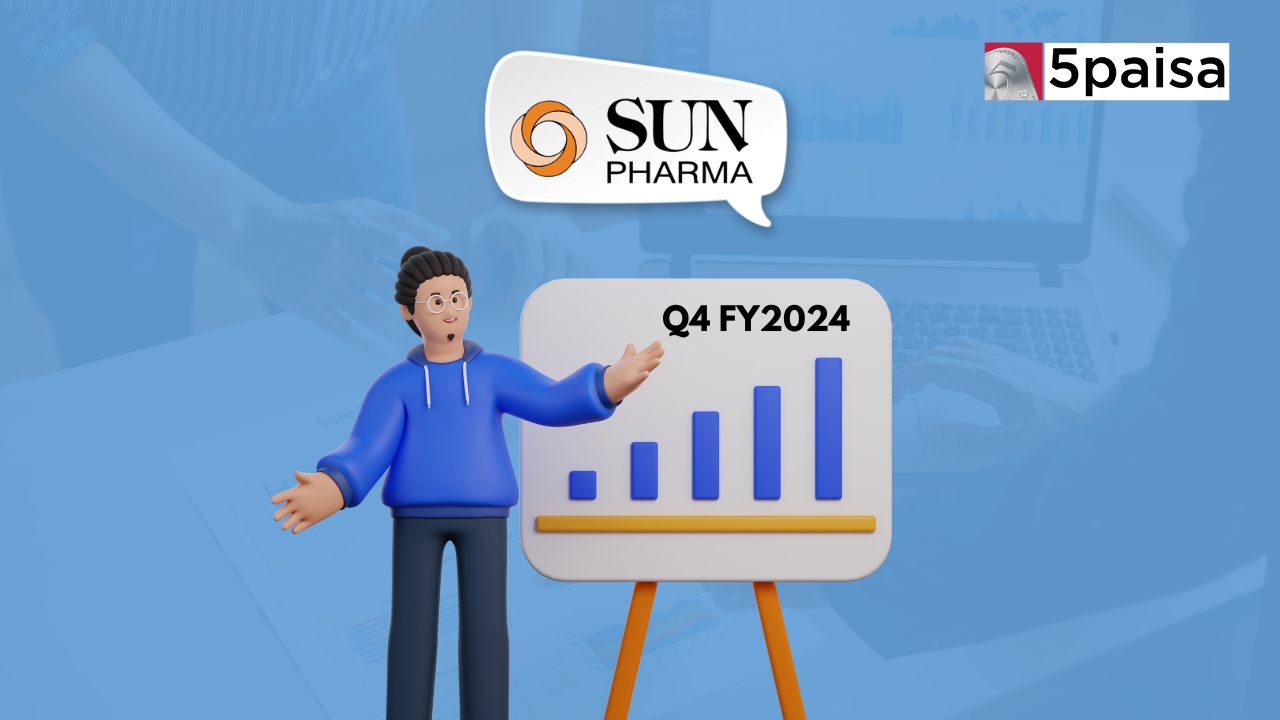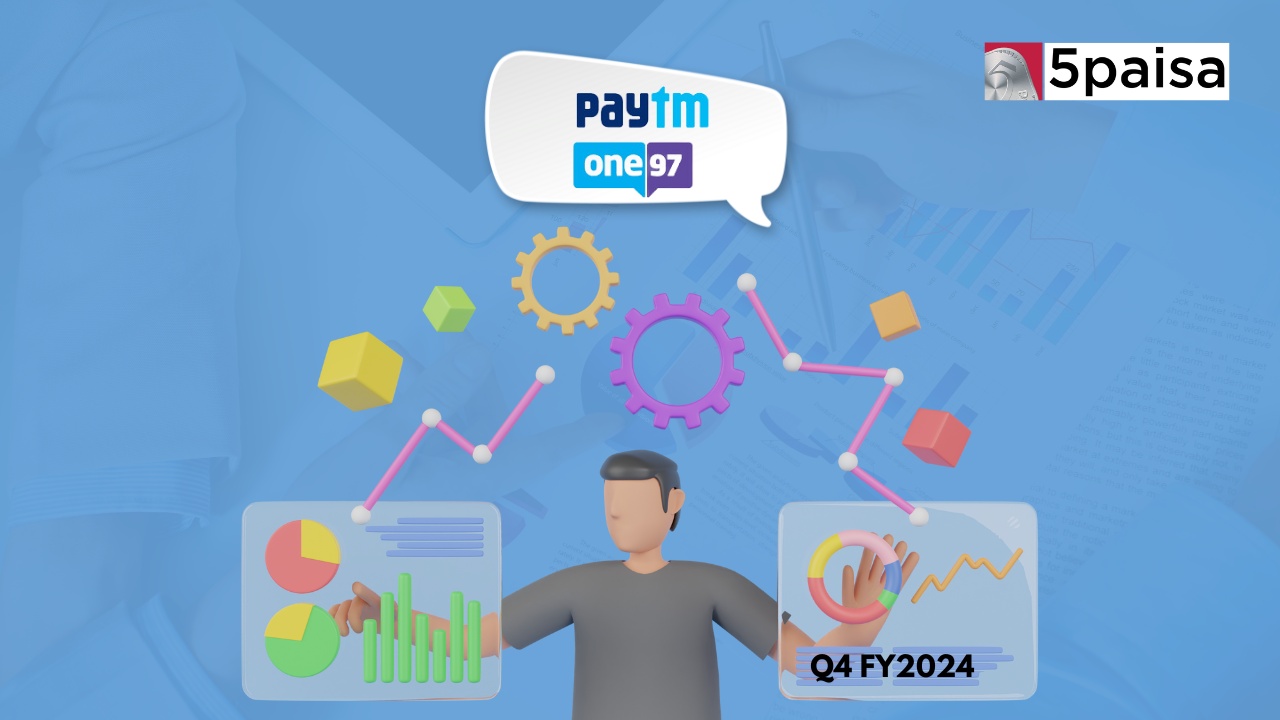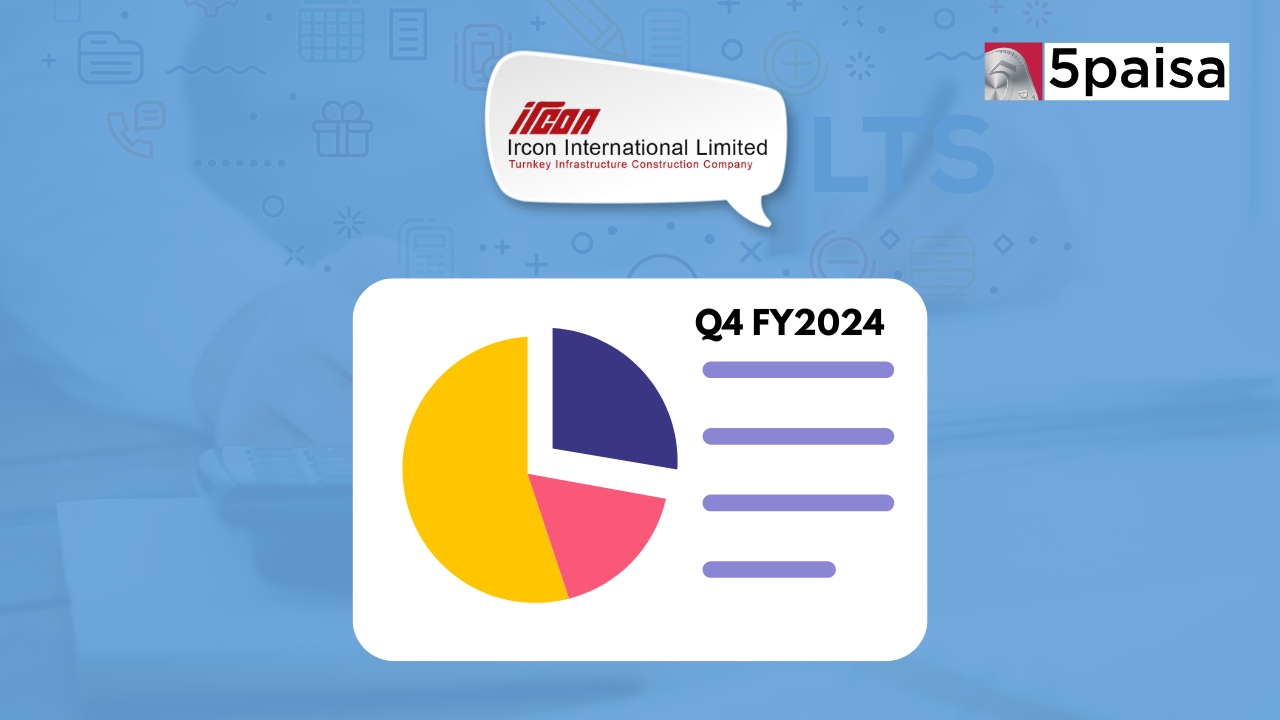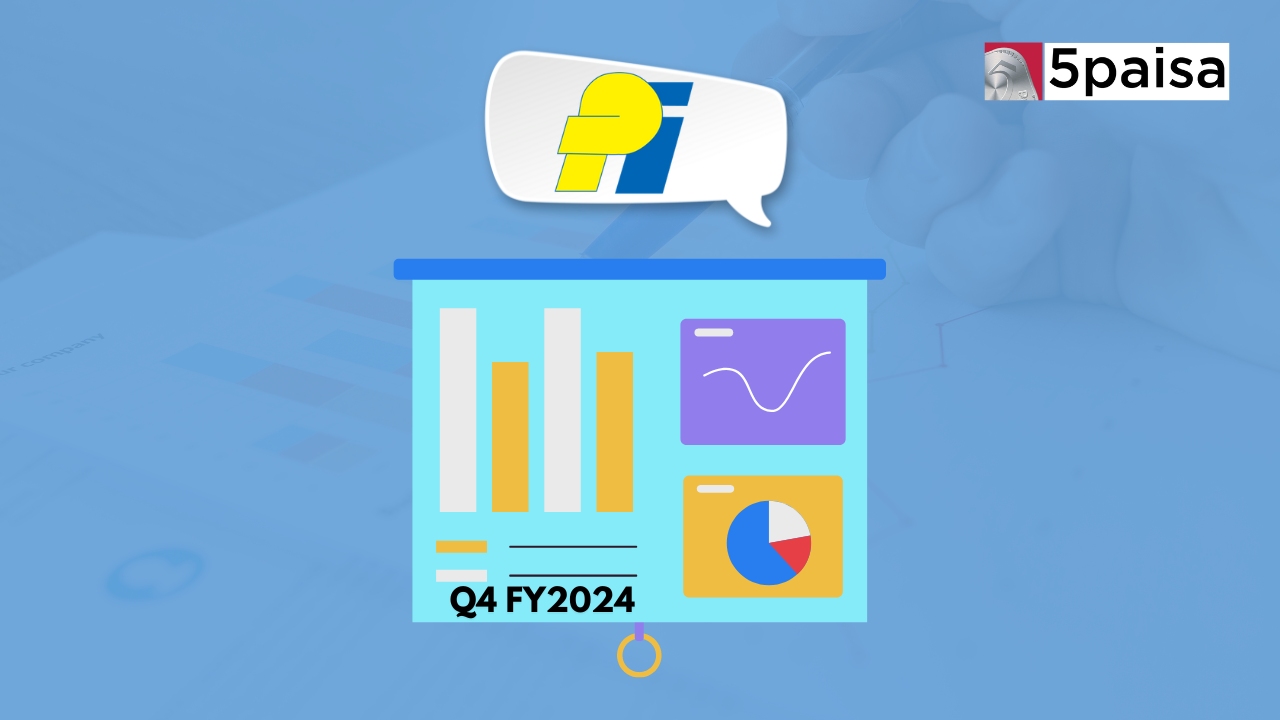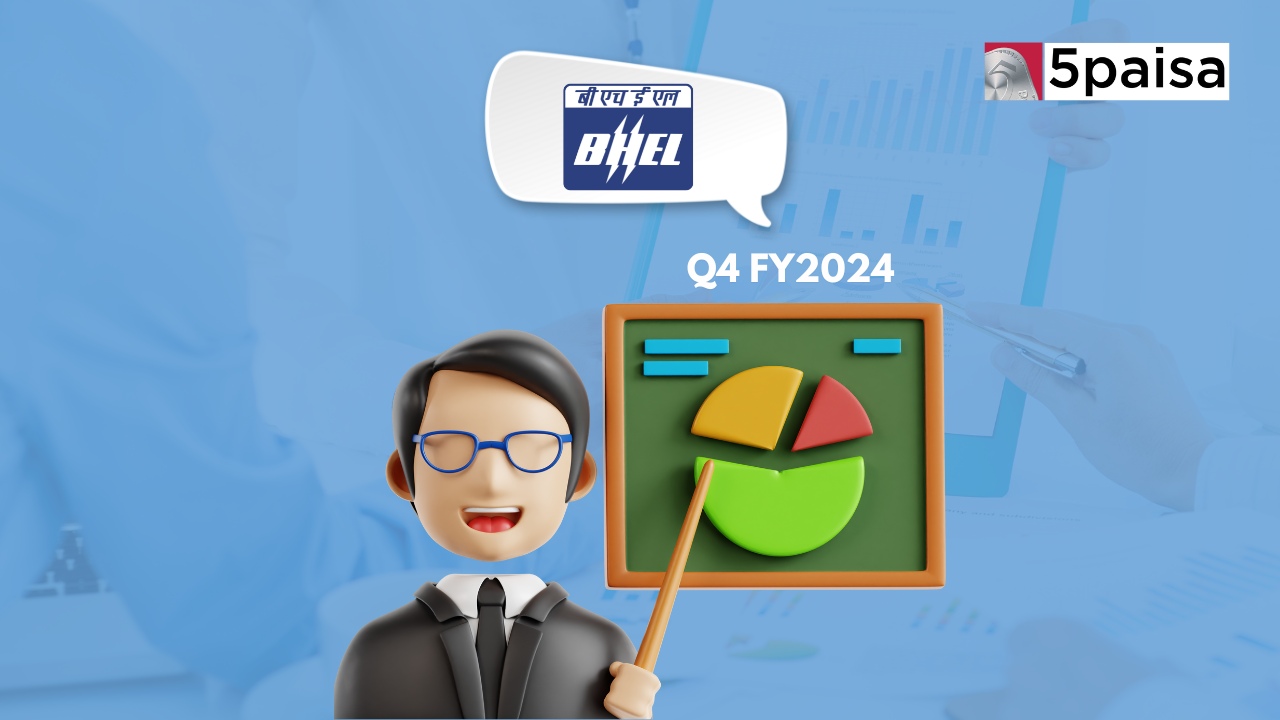HDFC Retail growth set to accelerate, reports 17.6% growth in PAT

HDFC Bank reported 17.6% YoY growth in PAT, led by 14.4% YoY growth in operating profit and lower than-expected provisioning. Loan book grew by 15.5% YoY but the pick-up in the retail segment is encouraging, where growth has been lack lustre in the last few quarters. Accordingly, we expect margins to improve progressively and NII should revert to 15% YoY growth level in a few quarters. Risk and asset quality indicators have shown improvement across the board, with the demand resolution rate improving to 97.5% in Sep’21, nearly back to the pre-covid levels. GNPAs declined by 12bps QoQ to 1.35%. The management expects maximum impact of 10-20bps on asset quality from the restructured book. In light of such an impact, we think the bank is holding adequate level of provisioning (163% of GNPAs). Balance sheet capitalization remains strong with tier-I ratio of 18.7%.
Loan book growth led by CRB; retail to increase
The bank has reported advances growth of 15.5% YoY and 4.4% QoQ. Growth in commercial and rural banking (CRB) has been strong, with the portfolio growing by 27.6% YoY and 7.4% QoQ. Trends in CV Finance, Tractor and construction equipment businesses have been strong. Outlook on SME growth is positive, which should translate into higher disbursements. Under its CRB segment, the bank is looking to enhance its village coverage significantly. Growth in the retail segment has also been encouraging at 12.9% YoY and 5.4% QoQ. The meaningful sequential pick-up in retail asset growth, seen after several quarters, is likely to sustain. The bank is positive about the retail segment’s growth trajectory, which will be aided by the launch of new products and the festive season (in the near term). During the quarter, retail asset disbursements were up 71% YoY and 59% QoQ, exhibiting phenomenal growth. With the RBI lifting the ban on HDFC Bank’s credit cards, the bank is looking to accelerate its monthly card acquisition run-rate to >500,000 in the near-term by tapping new liability relationships acquired in the last 9
months (6.04mn during Jan-Sept’21). 42% growth in card spends in the first 10 days of October’21 points towards a continued recovery. Besides this, the bank has also been working on several strategic partnerships. It has also positioned itself to cater to opportunities in high growth sectors such as BNPL. A large branch footprint, coupled with 130,000 consumer durable merchant points, is expected to support the bank’s retail growth as the economic recovery gains further momentum. Auto loans also achieved new highs, with incremental disbursal value rising by 36% YoY. On the wholesale front, the outlook is positive as growth is expected to be supported by pick-up in infrastructure spending, among other factors.
NII growth to pick-up pace on the back of retail acceleration
For the last several quarters, NII growth has lagged overall advances growth as the wholesale portfolio has grown ahead of other segments. For 2QFY22, NII growth stood at 12.1% YoY and 4% QoQ with NIM stable at 4.1% QoQ. Going forward, NII growth is expected to gain traction as the high-margin retail segment’s growth picks up pace. The management has stated that it would take a few quarters for NII growth (YoY) to revert back to 15% levels. We are baking in 4.1% NIM over FY22-24E, supported by improving yields (as retail picks up) and low cost of funds. Noninterest income grew by 21.5% YoY and 17.7% QoQ. Fee income recovered strongly, growing by 25.5% YoY
and 27.3% QoQ. Retail fee income was up 28% YoY.
Provisions lower QoQ growth, overall coverage is healthy
Provisioning for 2QFY22 was Rs39.25bn, down 19% QoQ and lower than our expectation. The bank took contingent provisions of Rs12bn in 2QFY22, taking the total stock of contingent provisions to Rs77.6bn as of 2QFY22. Overall provisions stand at Rs266.4bn, forming 163% of GNPAs. The bank has seen most risk and asset quality indicators improve in the last few months as the economic recovery post the second covid wave has strengthened. The bank has stated that it is well prepared to deal with the adverse impact from a possible third covid wave (if it comes). We expect overall credit costs to trend lower, leading to better earnings.
HDFC Bank's asset quality is improving
Demand resolution rate stood at 97.5% for Sept’21, almost back to the pre-covid level of 98%. Bounce resolution rates have also improved back to Feb’20 levels. In fact, number of customers who self-cure after bouncing is 10% higher than pre-covid levels. The total restructured book is 1.5%. The management’s expectation is that the maximum impact (worst case scenario) from this pool will be 10-20bps on asset quality. Going by the bank’s own standards on risk/stress assessment throughout the covid period and with the benefit of a majorly vaccinated population and reversion to economic normalcy, we do not expect any negative surprises on the asset quality front. For 2QFY22, the bank reported GNPAs of 1.35%, down 12bps QoQ. NNPAs stood at 0.4%. The bank maintains a healthy provisioning coverage of 71%. Retail GNPAs declined by 13bps QoQ to 1.37% and CRB GNPAs were down 28bps QoQ to 1.95%. Gross slippages for 2QFY22 were Rs53bn compared to Rs73bn in 1QFY22. The slippage ratio for the quarter was 1.8%, down from 2.5% in 1QFY22.
Conference Call Takeaways
Asset Quality
Reported GNPAs of 1.35% also include 20bps of standard facilities of the borrowers whose other facilities have been tagged
NPAs. Out of the 150bps restructured loans (~Rs180bn), 25bps have been classified as restructured (even though they are not) due to the borrowers’ other facilities being restructured. Restructured accounts also contain some accounts that were under
moratorium. Gross slippages in 2QFY22 were 1.8% (Rs53bn). Recoveries and upgrades were Rs35bn, write-offs Rs26bn and sale of NPAs Rs5bn.
Retail asset quality improved
Retail demand resolution improved to 97.5% in Sept’21 (compared to 98% pre-covid), which is higher than the levels witnessed before the second covid wave. Compared to pre-covid levels, 10% more customers are now self-curing post bouncing. Bounce resolution rates for most buckets have reverted to pre-covid levels. Remaining resolution rates are expected at pre-covid levels by Dec’21. Impact on collections in case of a third covid wave is expected to be lower due to better preparation by the bank, including a highly vaccinated workforce. Recoveries have been 10% higher than pre-covid levels and are improving MoM. The bank took an empathetic stance towards affected customers in terms of restructuring. Risk assessment of the restructured portfolio indicates 10-20bps impact on NPAs in the worst-case scenario.
Business and Loan Growth
Credit card spends grew by 36% YoY and 27% QoQ. In the first 10 days of October, card spends were up 42% MoM. 416,000 new credit cards have been issued during 5 weeks of the quarter and the monthly run-rate is expected to improve further. Merchant tie-ups are being enhanced with several strategic partnerships in the pipeline. Merchant and customer engagements have been improving consistently. Under its partnership with PayTM, bank will be offering credit card and other products to retail customers and merchants. In addition to this, the bank expects to monetize data collected from its business partnership with PayTM. UPI transactions (by volume) increased 2.2x YoY and 35% QoQ. The bank has positioned itself to capture opportunities in emerging growth sectors such as BNPL. Currently, Easy EMI customer base stands at 3.5mn. The bank has 2.5mn merchant acceptance points and consumer durables loans have been enabled at 130,000 merchant points.
Growing Commercial and rural banking (CRB) segment all set for expansion
CRB growth was aided by market share gains, record high disbursements and strong customer acquisitions, all led by deepening penetration. Growth in the segment is expected at 20-25% for FY22. Retail CV volume financed by the bank were 4.5x YoY compared to industry volume growth of 1.2x. A similar trend was witnessed in Tractor and construction equipment. Growth in e-commerce is expected to support CV business. Growth outlook for SME is positive with expectation of strong disbursements. The bank intends to expand its village coverage significantly.
Growing Mid-Corporate segment
Mid corporate segment is healthy and growing. The brand pull of the offering is very strong. Segment witnessed 29% YoY growth. Growth target of expanding to over 100 cities has been already achieved, ahead of the March’22 timeline. The bank expects capex demand in several sectors and improved capacity
utilization to support further growth. Wholesale SME witnessed 33% YoY and 7.5% QoQ growth. Growth target of expanding to 575 districts by March’22 has almost been achieved. Healthcare business grew by 5% QoQ.
Retail assets on demand
The retail segment has witnessed strong demand trends. Loan inquiries increased MoM at the industry level. Auto loan book for the bank has grown at a healthy pace (auto loan disbursals up 36% YoY) in contrast to 37% YoY decline in domestic vehicle sales in Sept’21. Supply-side issues being faced by OEMs are expected to resolve over the next 1-2 months. Unsecured loan disbursals improved and focus on government business is yielding positive results. Strong growth in the combined mortgage book (HL + LAP) is expected to sustain in H2FY22. Loans above Rs0.1mn have witnessed good traction, but, loans below that (MFI and 2-wheelers) are expected to take ~60 days to reach pre-covid levels. Distribution channels are being improved in gold and business loans. Market share and underwriting quality for the bank have improved across products. The bank is focusing on strengthening its geographical footprint. Government and used car businesses would be the main focus areas going forward. Overall, the bank is bullish on retail assets growth in the coming quarters. The bank is one of the largest infra lending providers and would participate in the govt’s infra spending, which has already
started. Disbursements in 2QFY22 stood at Rs80bn and the company is optimistic about disbursements
growth in the coming quarters. 2.4mn new liability relationships (+31% YoY, +45% QoQ) were opened in 2QFY22. Lower NII growth over the last few quarters has been a function of higher growth in the (low risk) wholesale portfolio over the last 6-8 quarters. As the retail segment’s growth accelerates going forward, NII growth would also catch up. ~400 branches are in the pipeline and would be opened shortly. Employee expenses increase of ~Rs0.8bn can be attributed to ESOPs. Retail business is more cost intensive than the wholesale business. Customer acquisition, marketing expenses etc are
expected to increase as the retail segment’s growth picks up. Technology spends constitute 2.7-2.8% of total revenue and 7-8% of total expenses. Bank has incubated a credit innovation lab to experiment new credit products, keep pace with the fintechs and stay at the
forefront of innovation.
 Tanushree Jaiswal
Tanushree Jaiswal